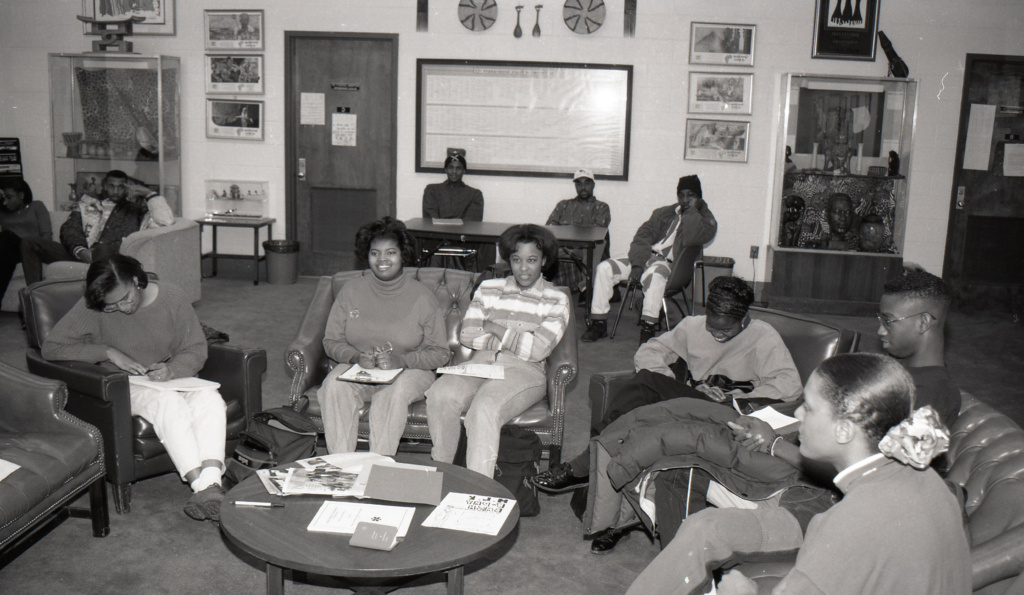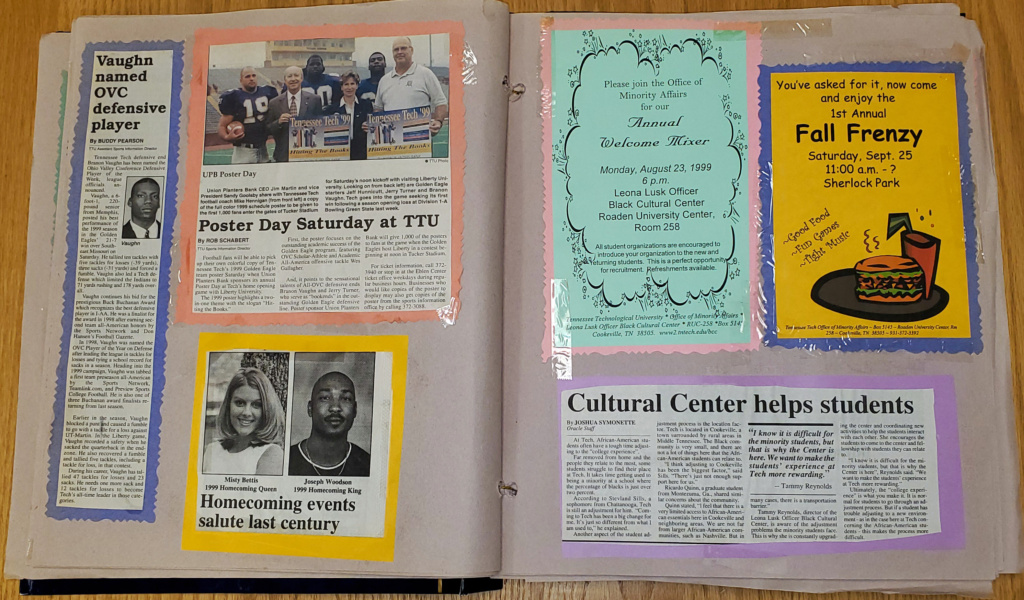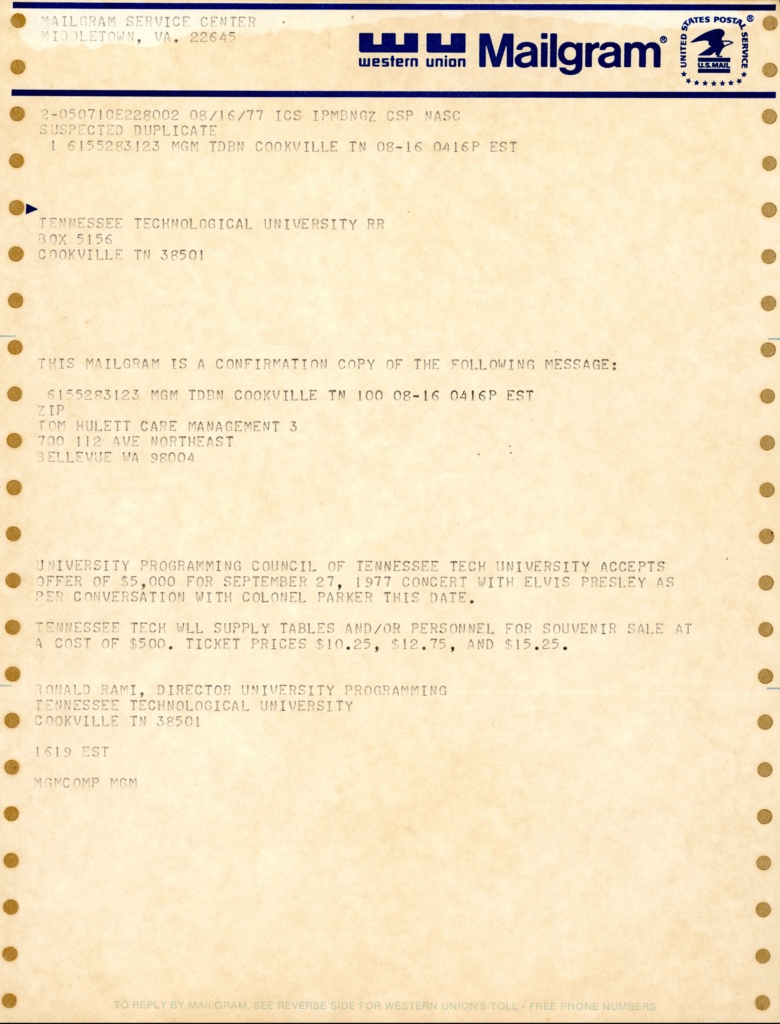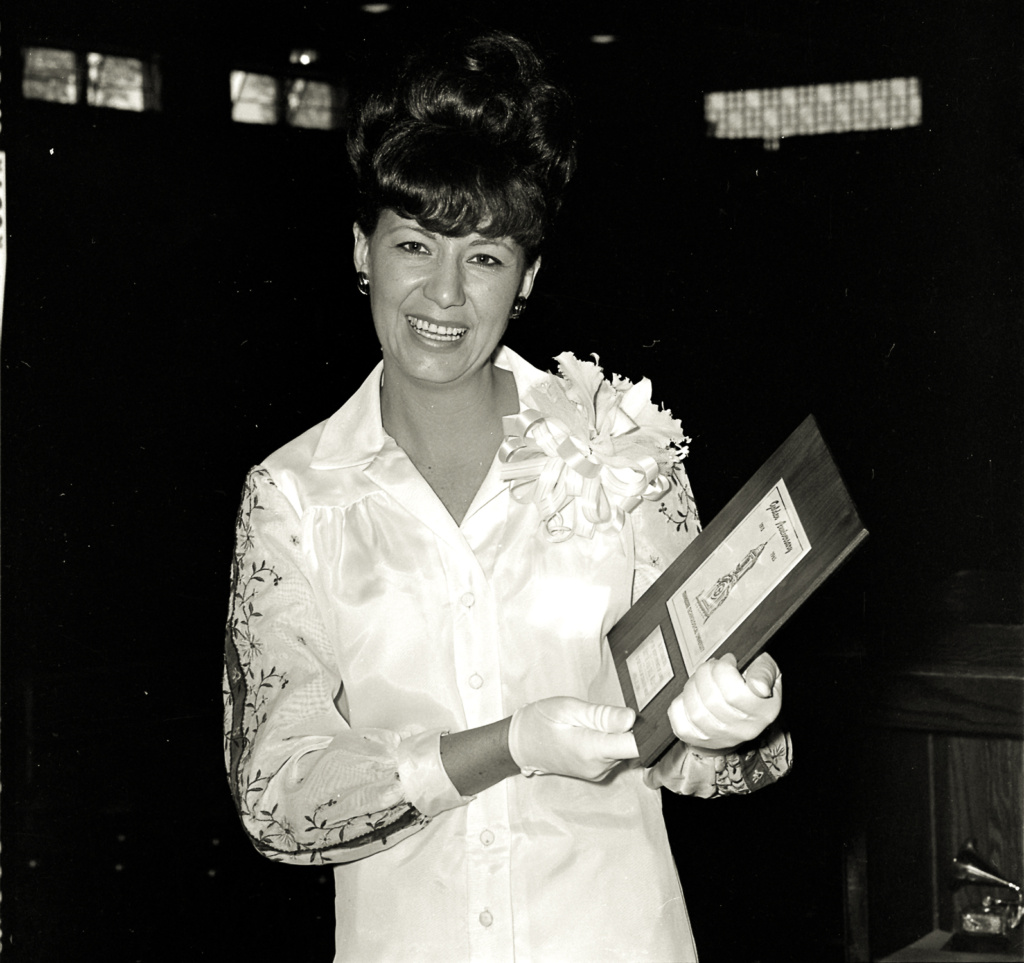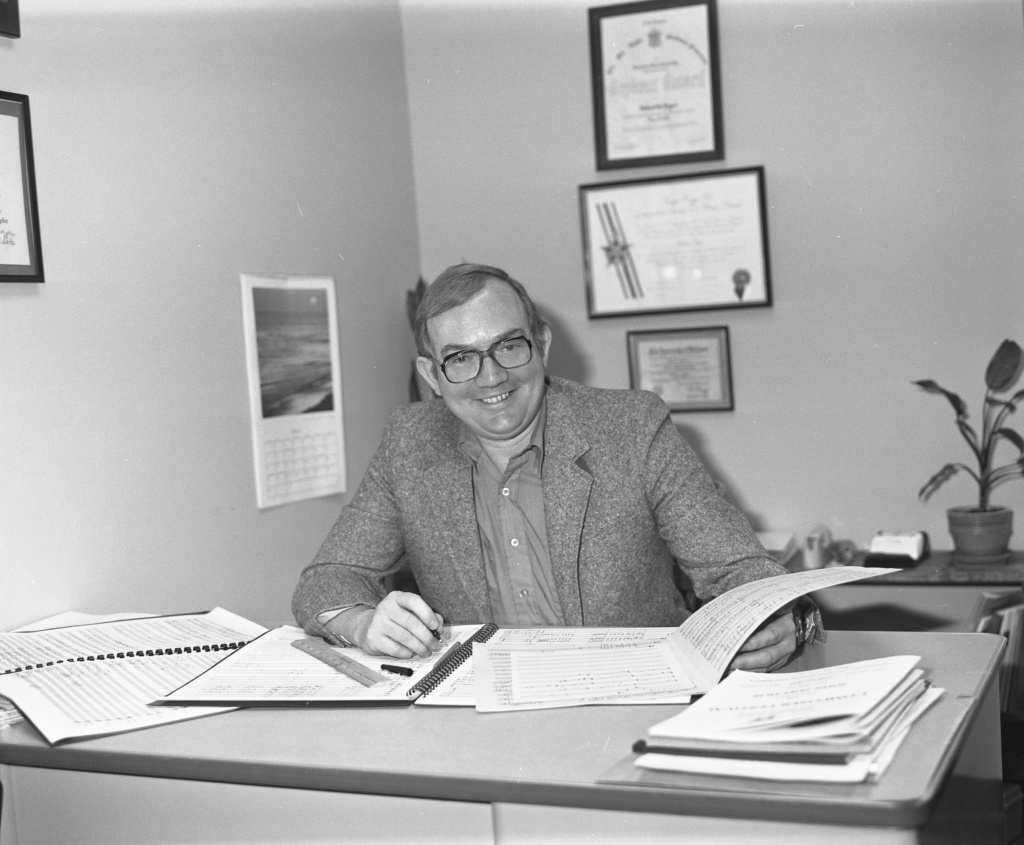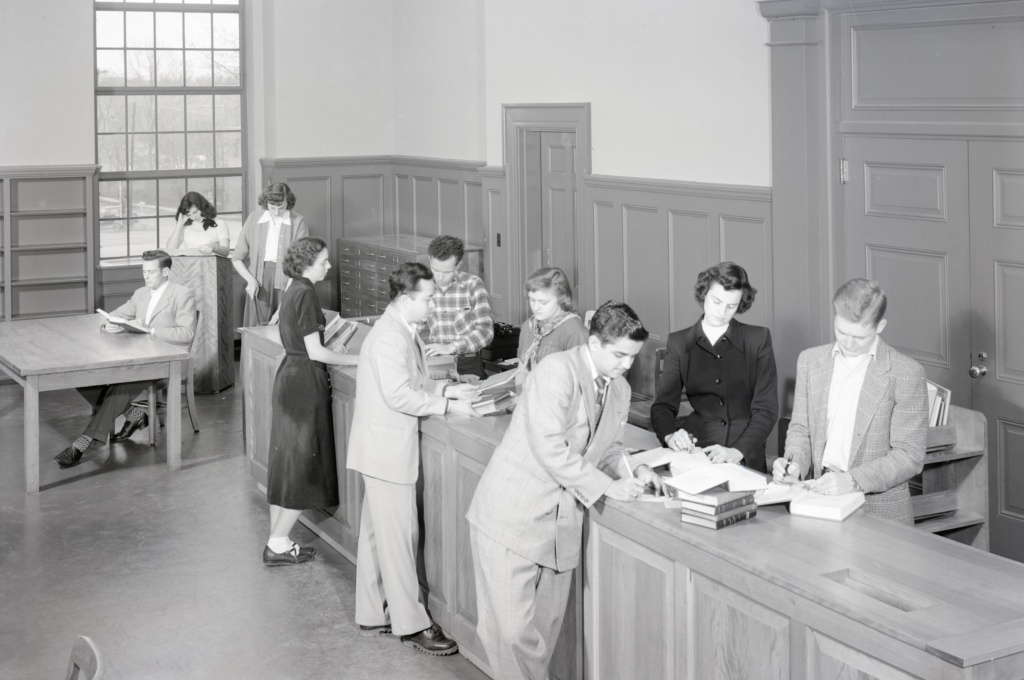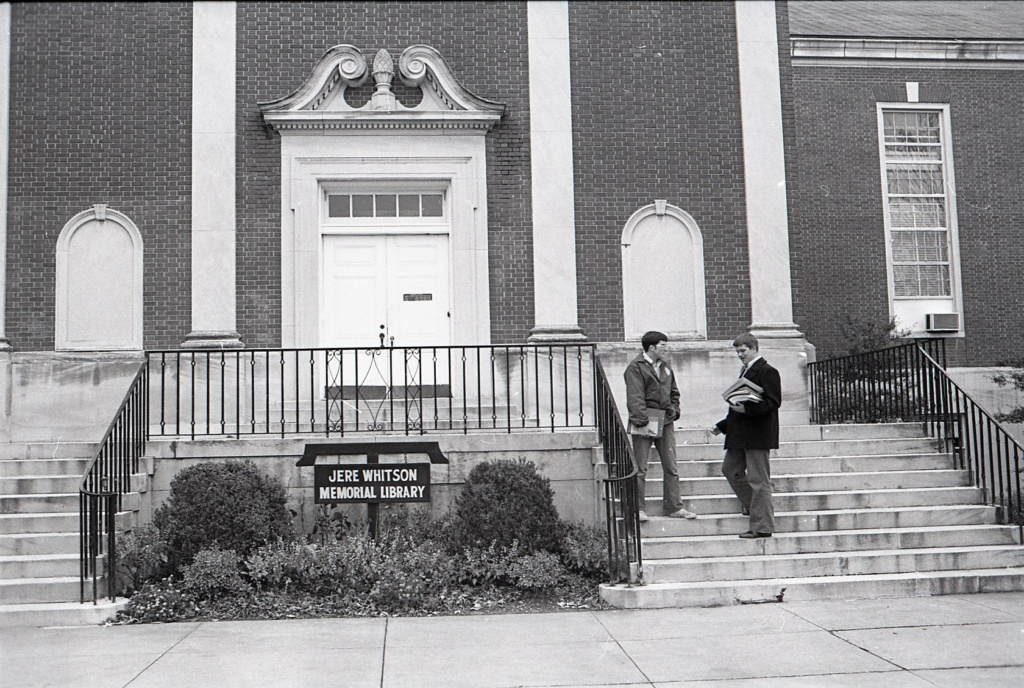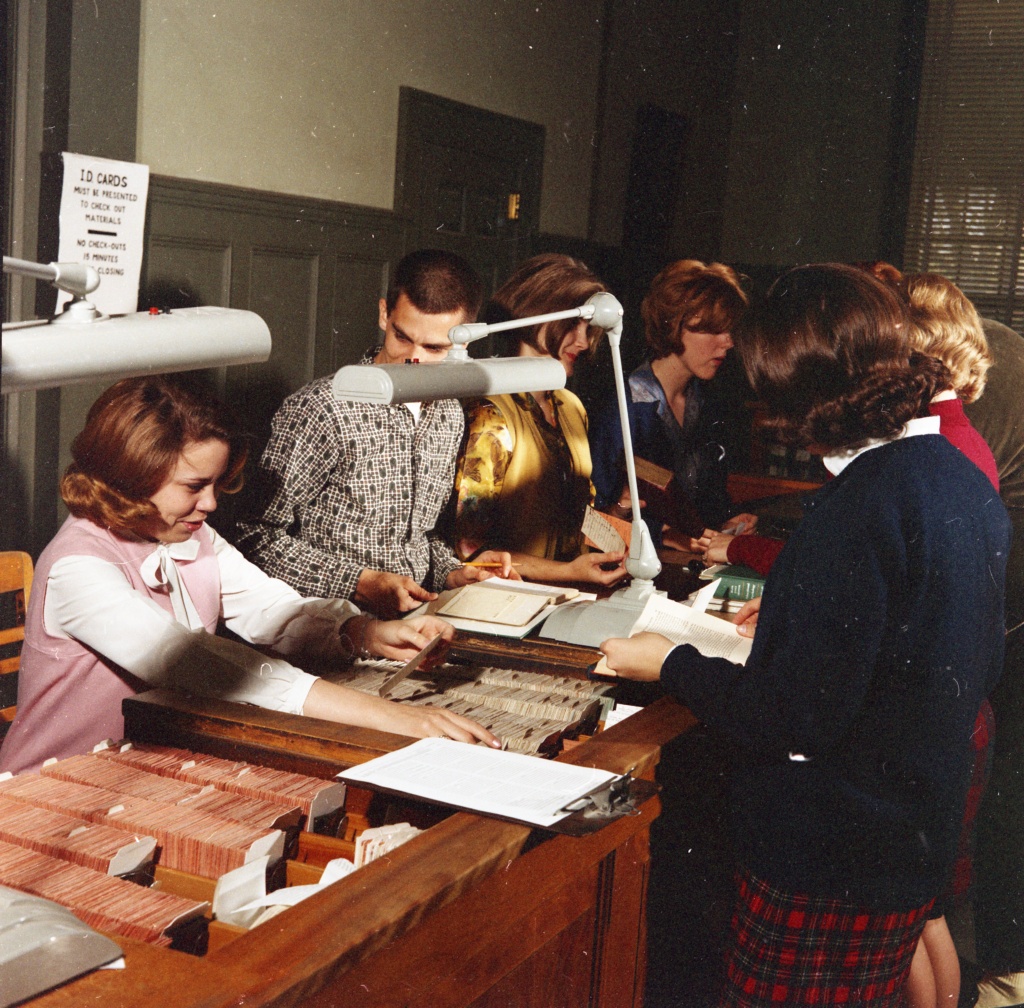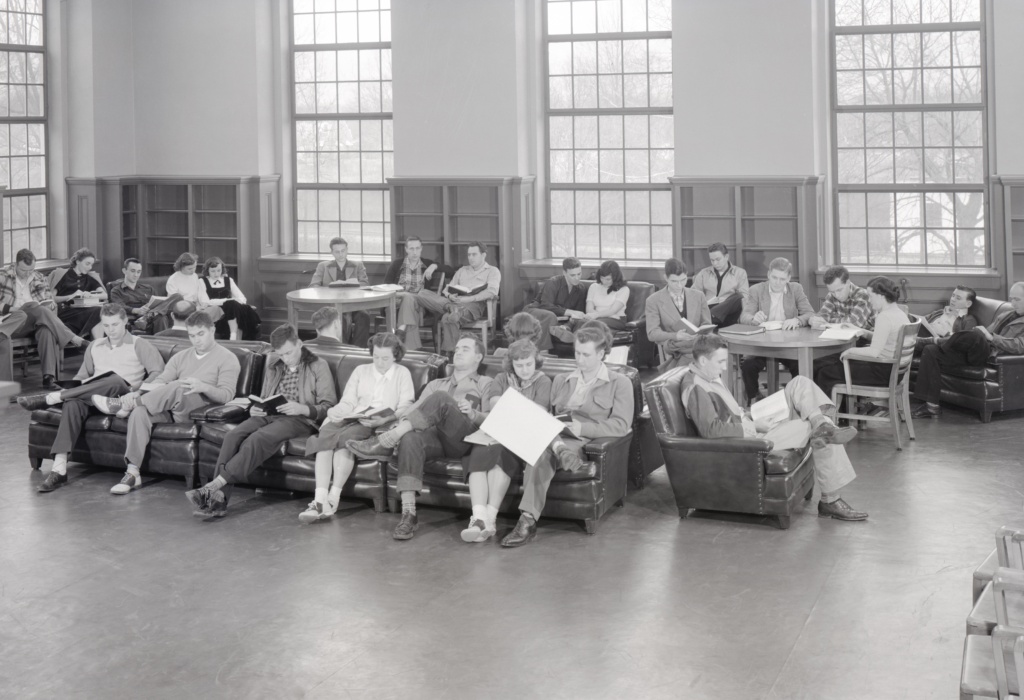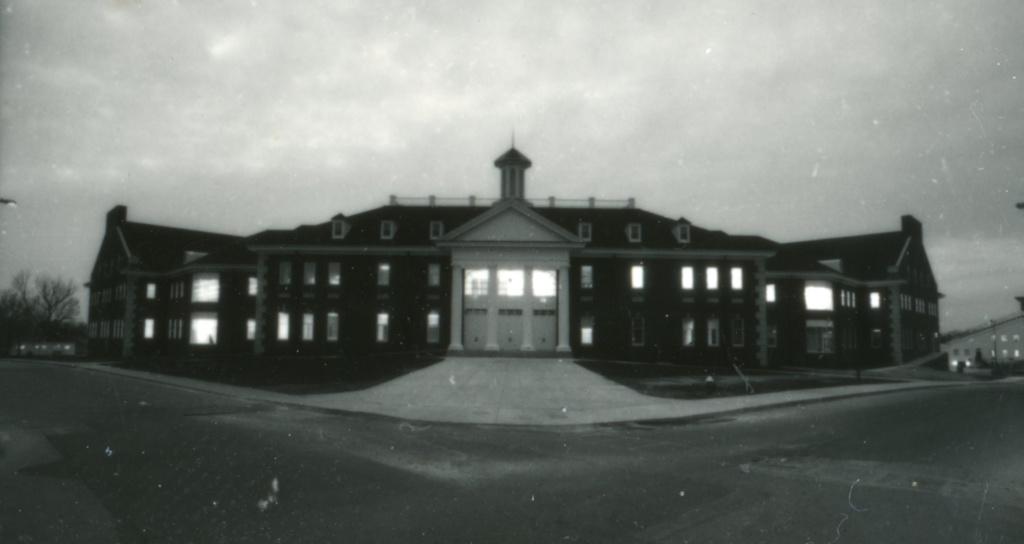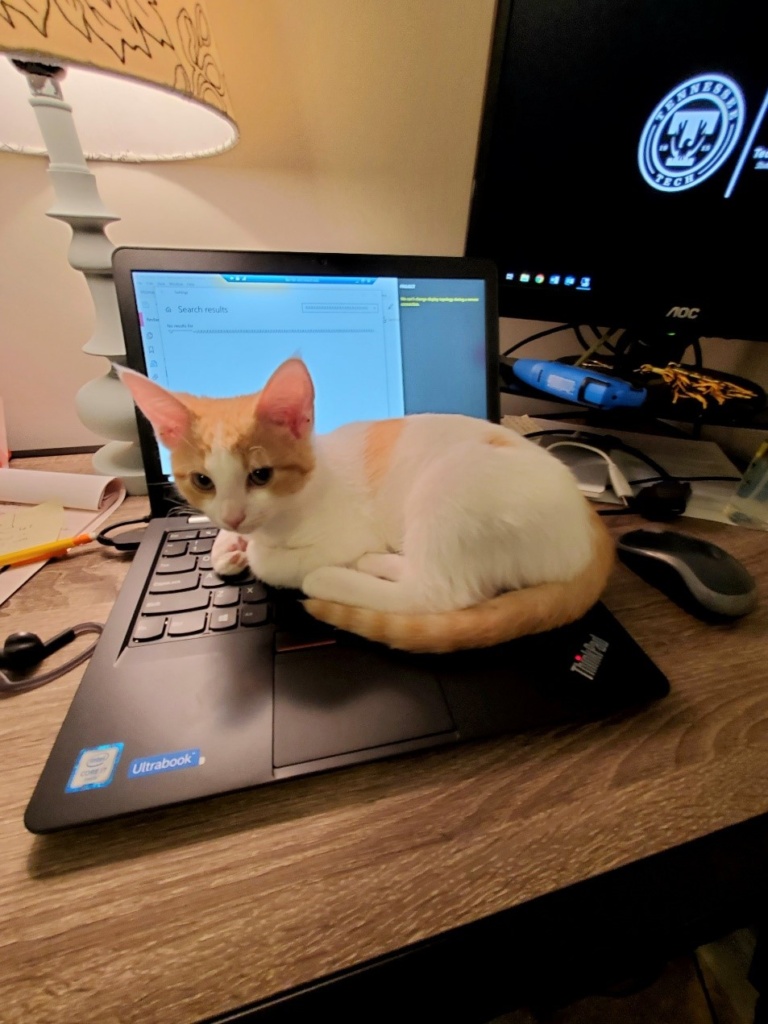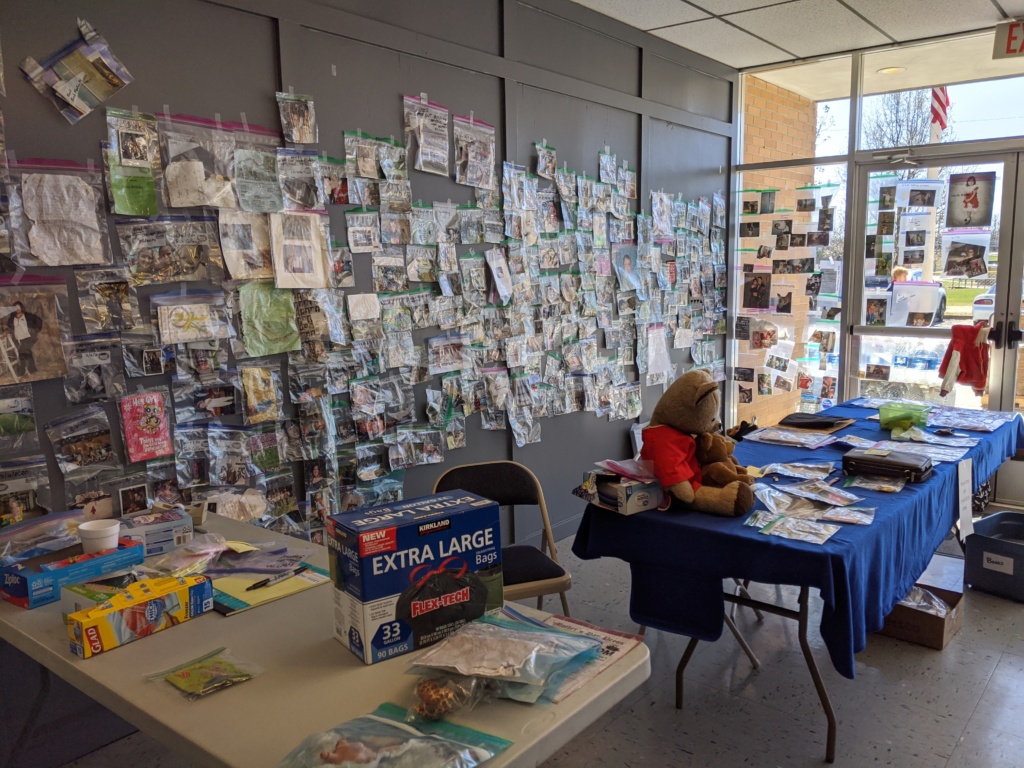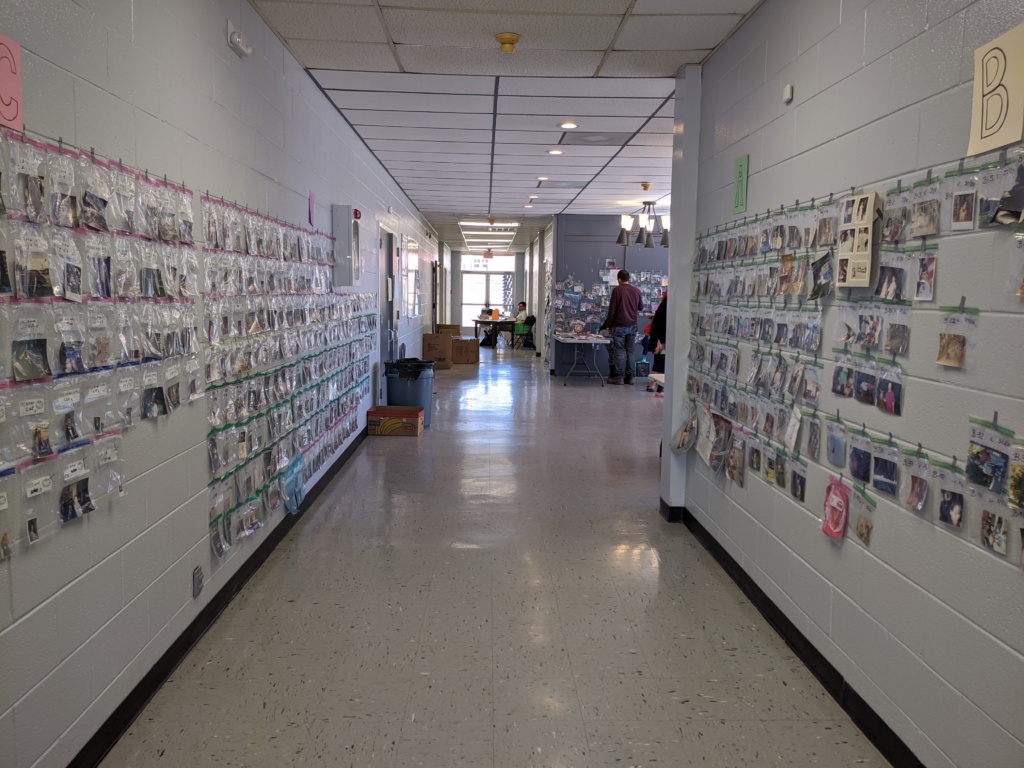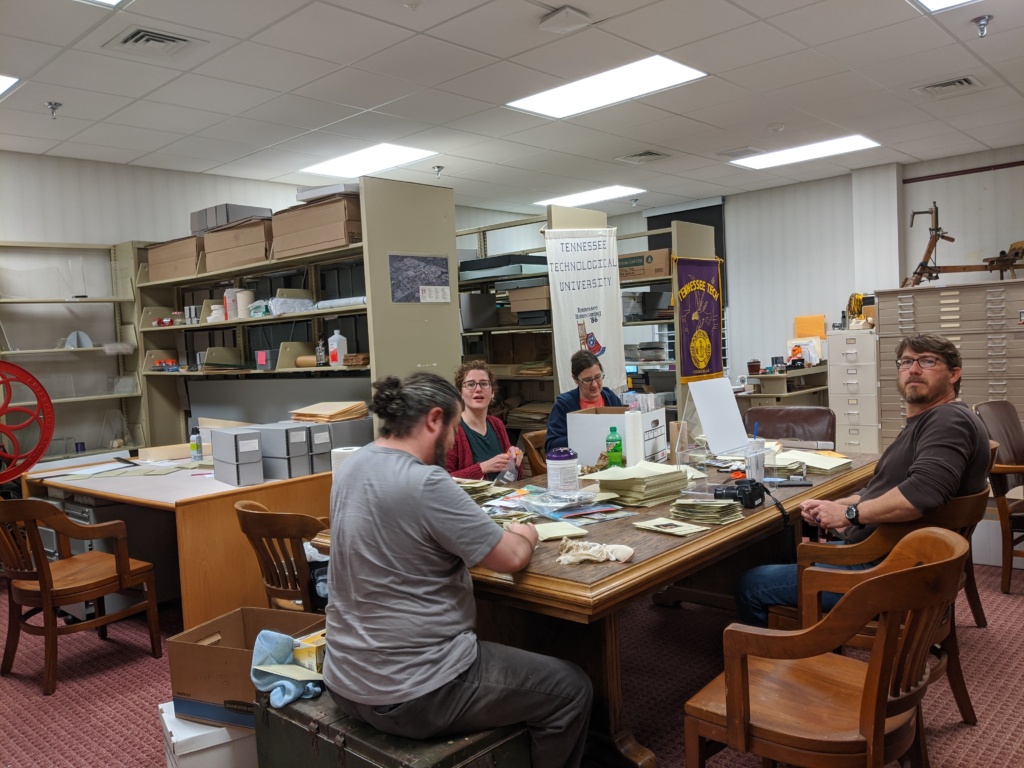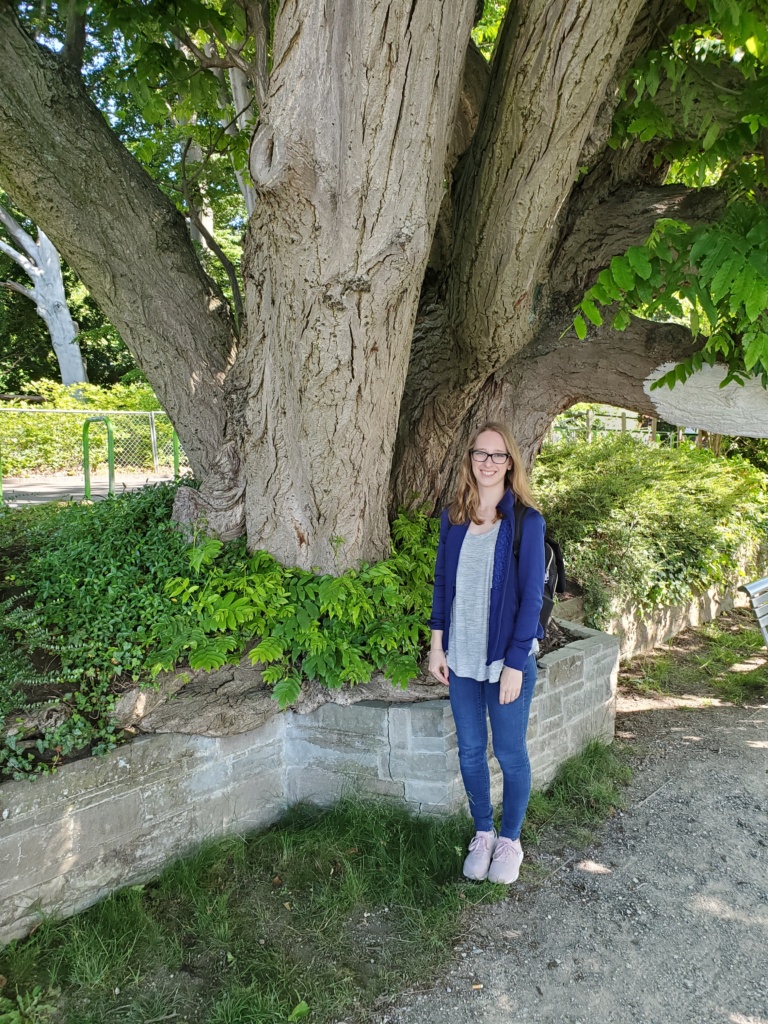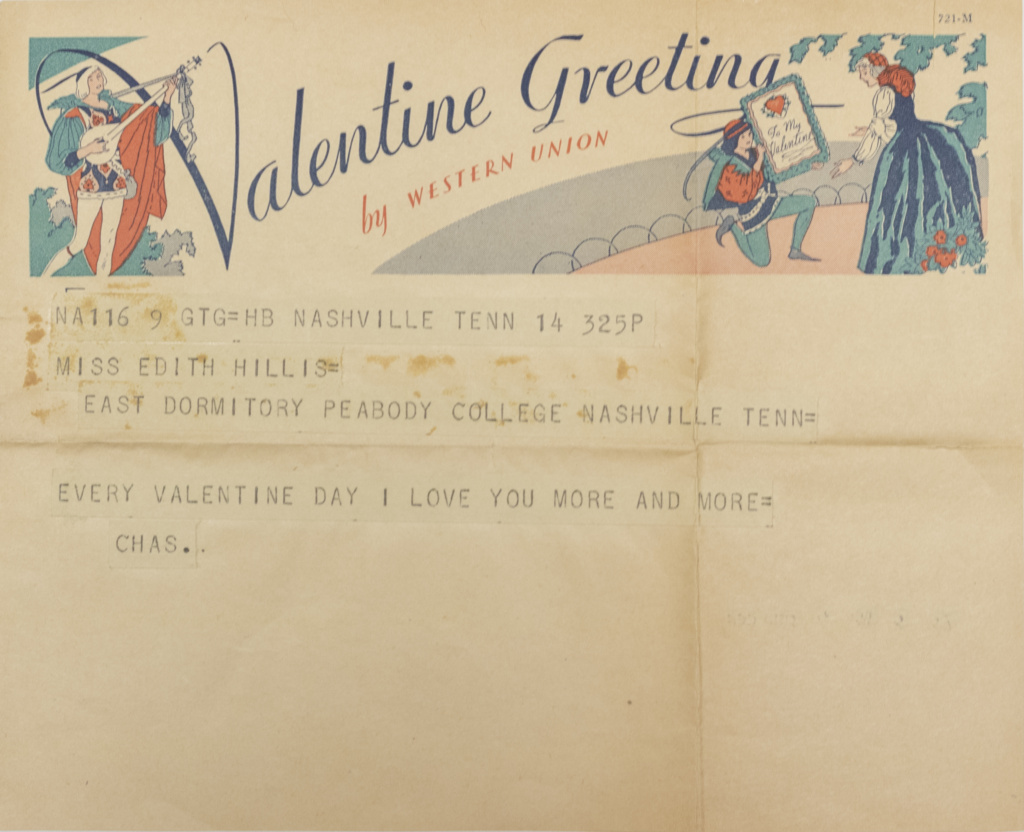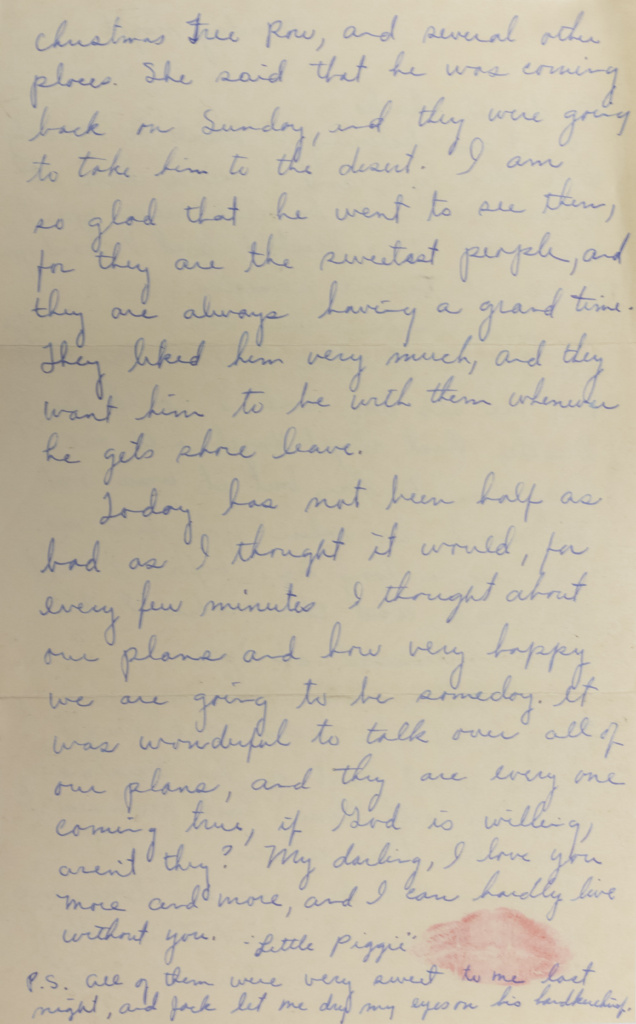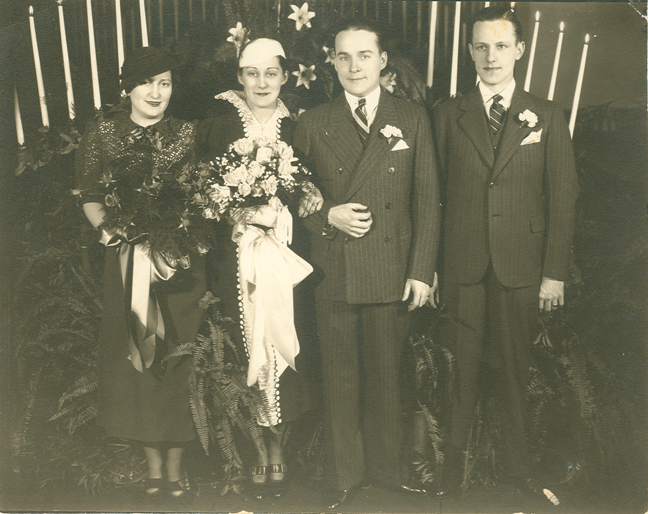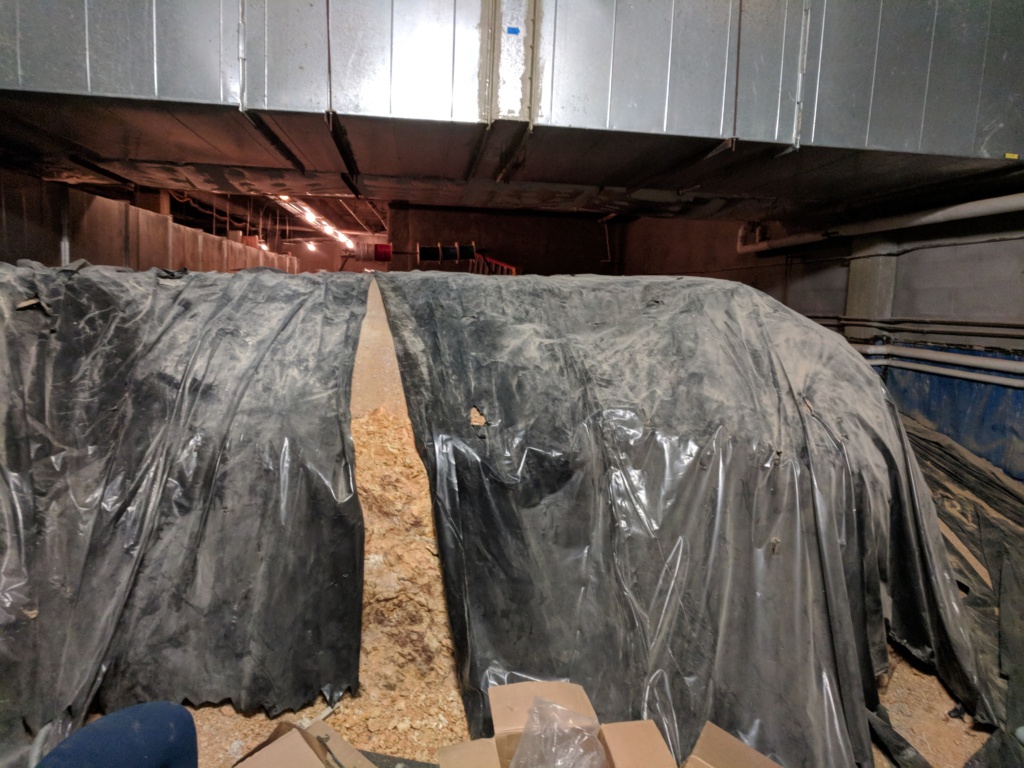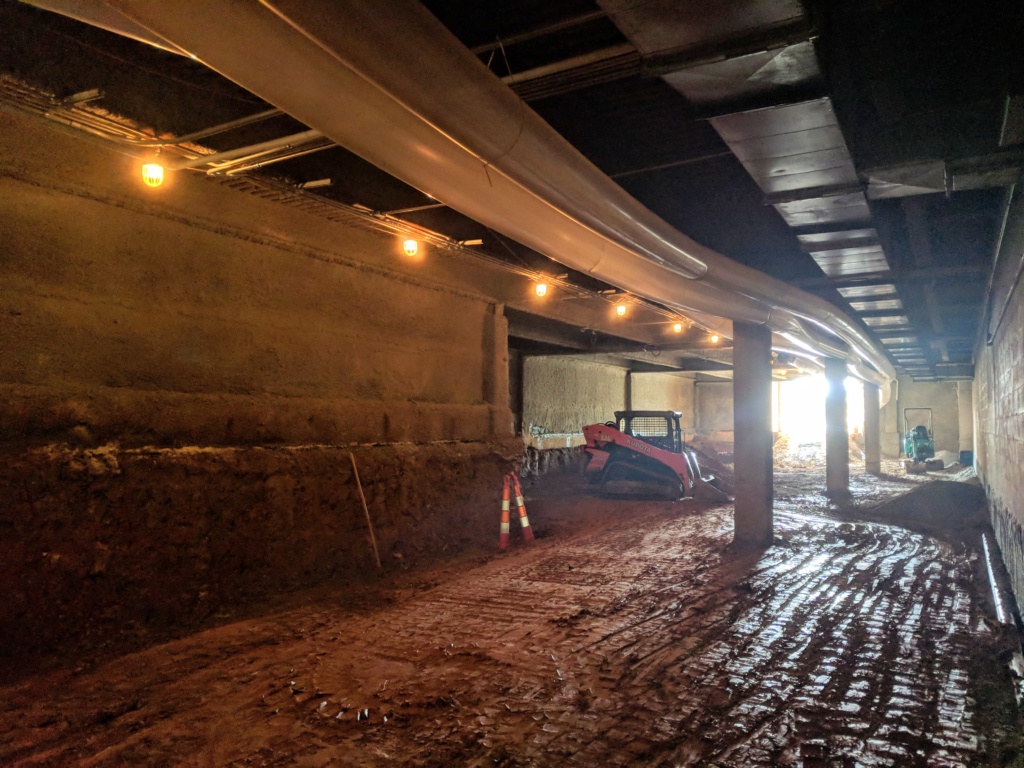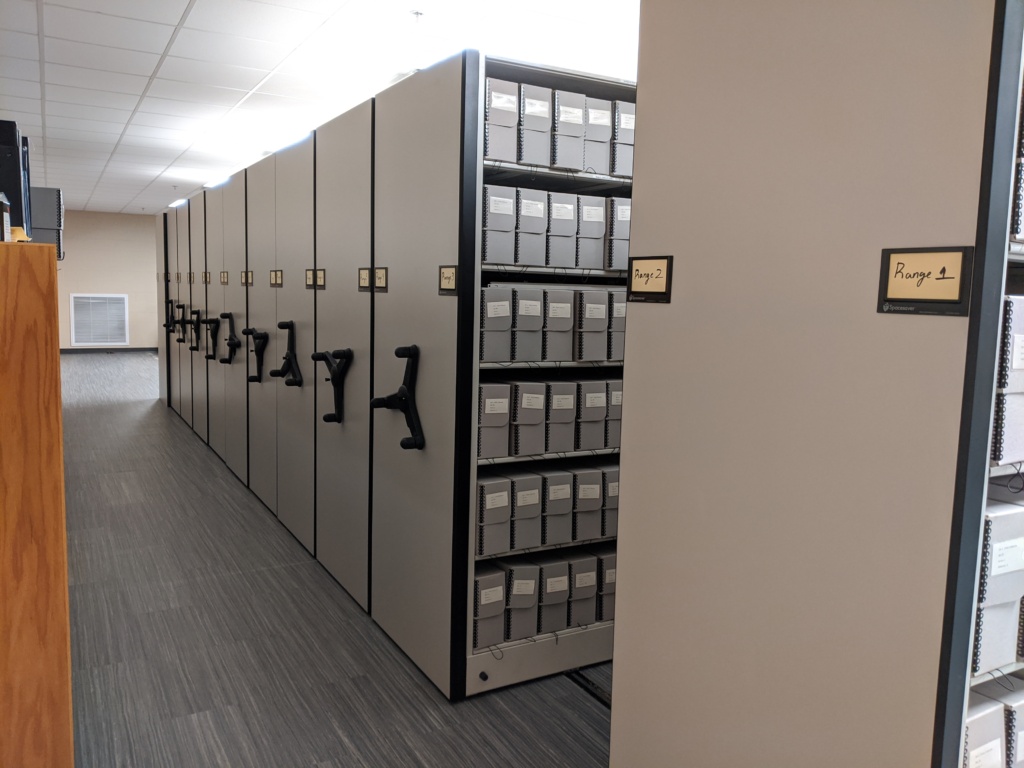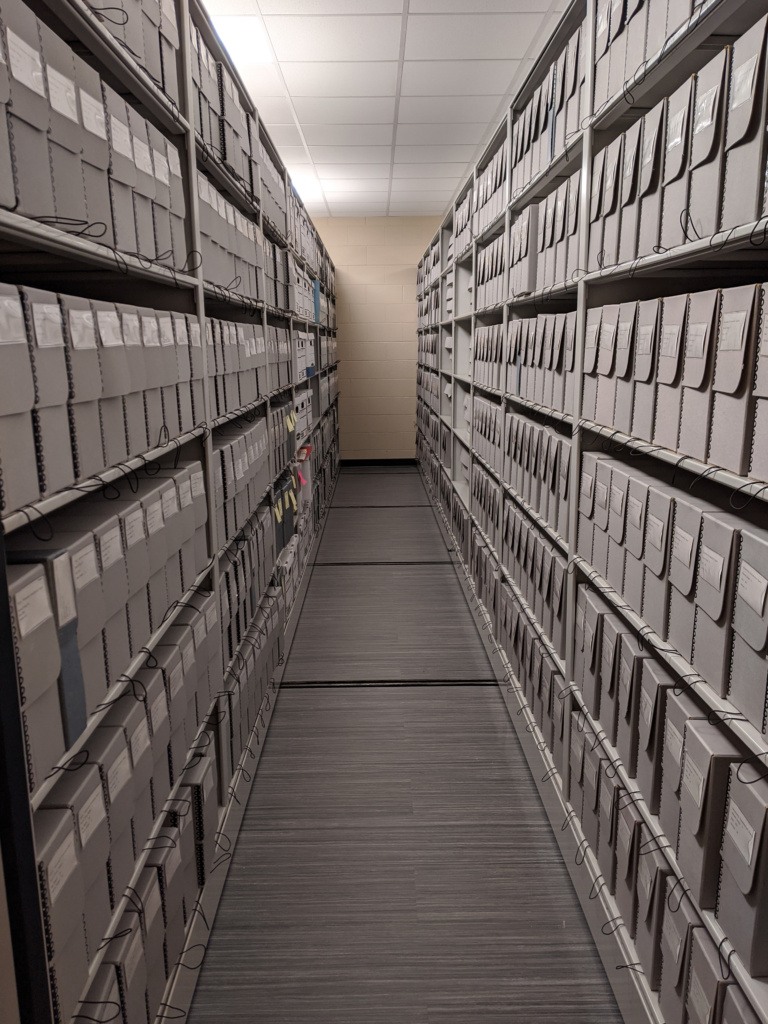Archives and Special Collections extends its gratitude to those who responded to the Big Name Entertainment exhibit. We appreciate the stories alumni shared, photographs, and some of you even donated materials! We appreciate that since there are more ways to support the archives than just monetarily. We are always seeking ways to capture the student’s campus experience and donating memorabilia is one of those ways.
Alumni sent us stories of their least favorite concerts and performers, but also their favorite performances. One alum shared his Weird Al Yankovic show photographs from September of 1985, hailing it “one of his favorites” and photographs of the Beatles tribute band, 1964 the Tribute, which was a popular, recurring concert at Tech through the 1980s and 1990s. 1964 the Tribute played for crowds of over 35,000, wore replicas of Beatles outfits, and even imitated the performance styles of the original Beatles. They still perform today.
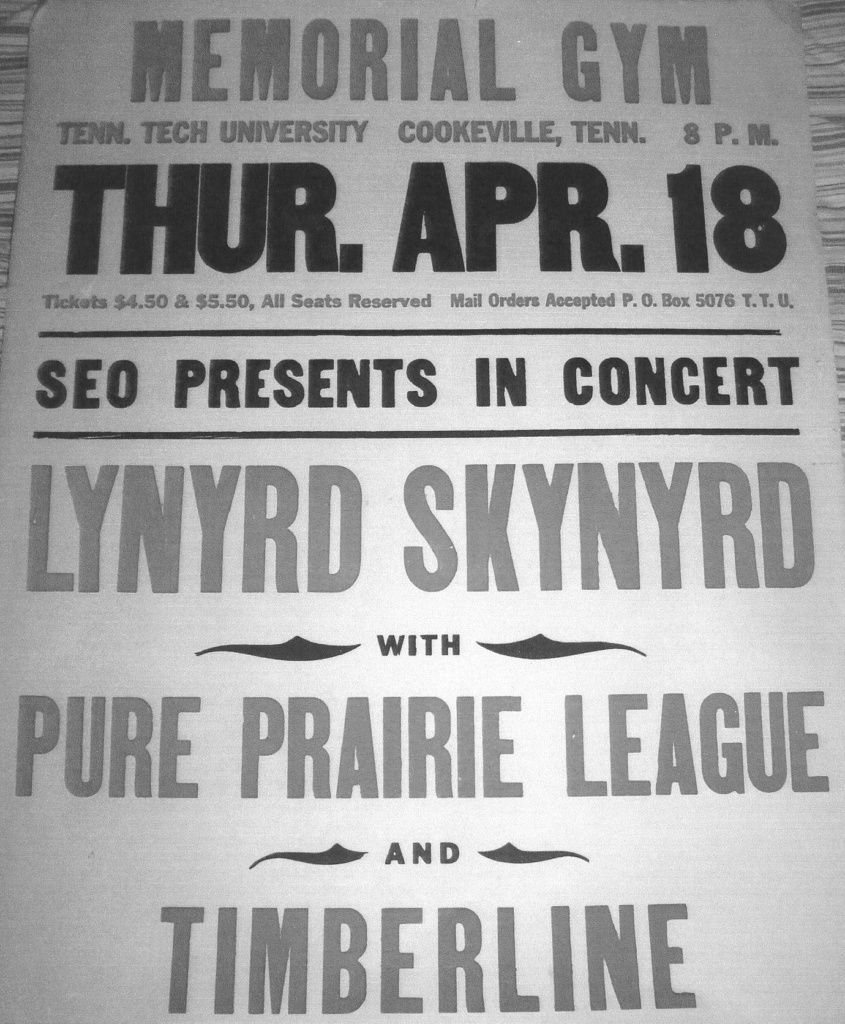
A few people shared their memories of Lynyrd Skynyrd, who played Tennessee Tech on April 18, 1974 with the Pure Prairie League and Timberline. We could not locate photographs of this event, but it was advertised in The Oracle and there is a picture of an event flier. The drummer from Lynyrd Skynyrd, Artemis Pyle, or as he was less commonly known, Thomas Delmer Pyle (born July 15, 1948) attended Tennessee Technological University in 1966 and allegedly received his nickname “Artemis” while at Tech. Artemis Pile was a survivor of a tragic October 1977 plane crash that killed the lead and back-up singer of the band and wounded many others, including Artemis.
One alum told of seeing the Allman Brothers in May 13, 1971. The Allman Brothers’ 1971 album, “At the Filmore East,” was the band’s first commercial success. The band opened for Canned Heat, whose popularity was diminishing by 1971. The alum attending told of a full gym with fans from all over. Buses and vehicles were all over campus providing large groups transport to the show. The Allman Brothers, after performing for over two hours or as the alum described, “enough time for a baby birth in one of the bathrooms,” finally stepped off the stage for Canned Heat. This prompted many to leave for the night.
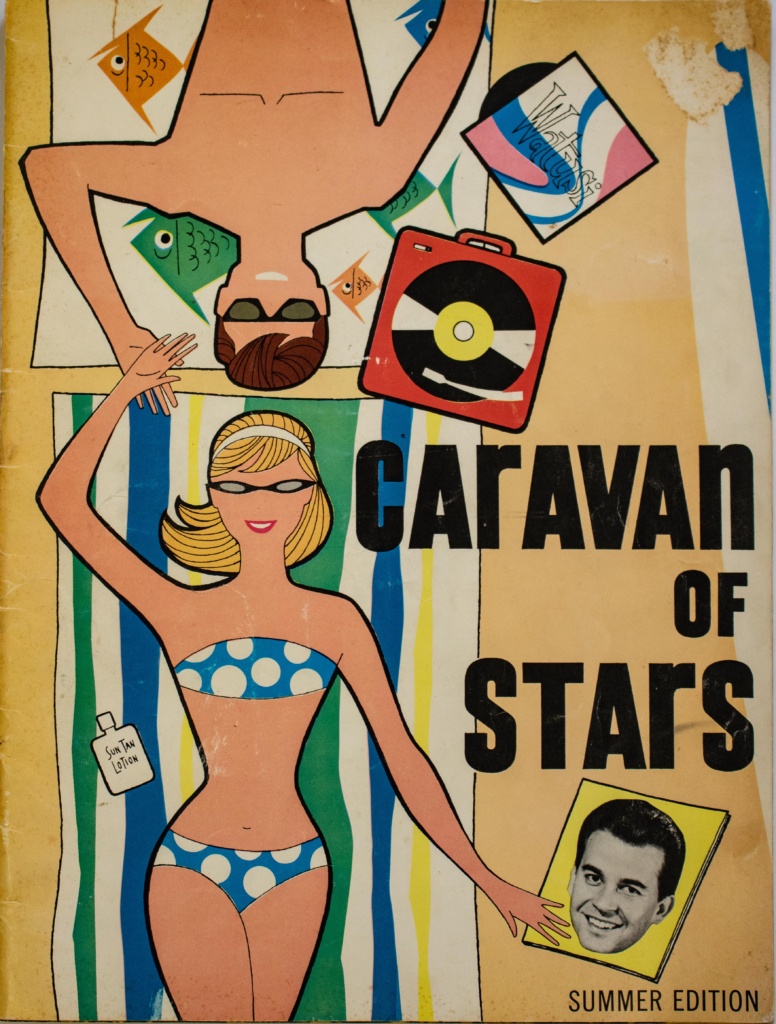
Lastly, some viewers donated memorabilia to the collection. Ron Rami sent us concert tickets for Alabama, the Commodores, and the Statler Brothers with Reba McEntire. Rami also shared many of his stories with the Archives about his time as Director of University Programming and gave us the trophy the University awarded him for the sell-out Alabama concert. Sandra S. Elliot sent us a remarkable program from the Dick Clark’s “Caravan of Stars,” signed by the performers! Sandra attended the concert at Tech and later saw the performers going out to eat on Broad Street. Acting quickly, Sandra got the stars of the show to autograph her program, including the autograph of Tom Jones! As a result of this haste, the signatures are randomly dispersed through the book. The full program can be seen here:
https://tntech.access.preservica.com/uncategorized/IO_e1ba8a0f-9b10-441c-98eb-2c9e119f3dbf/
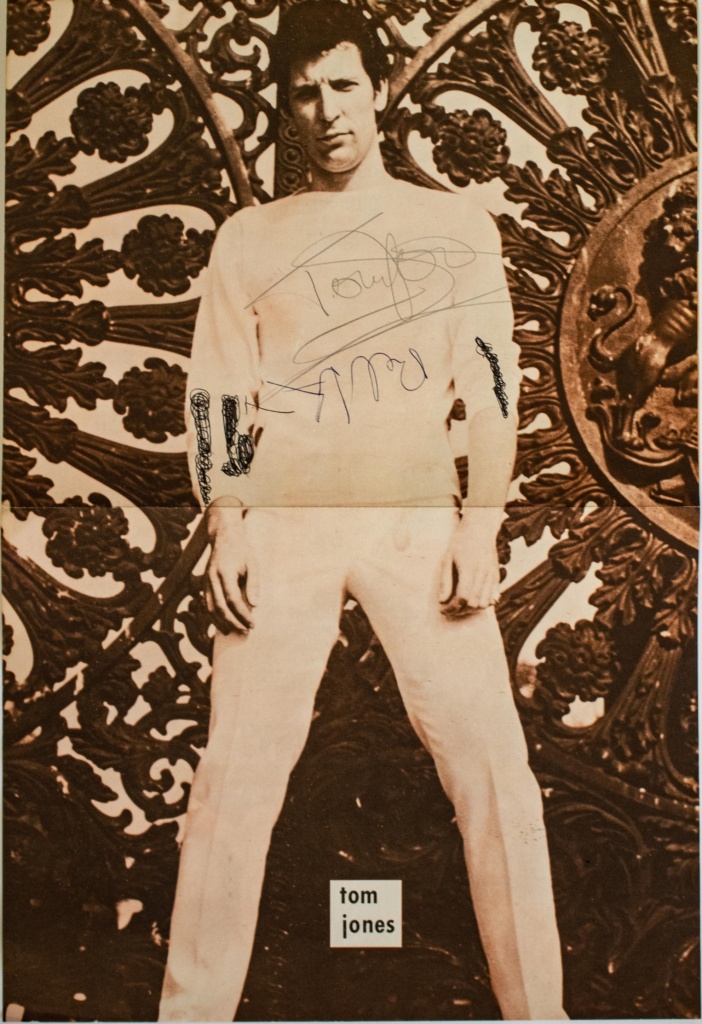
If you have not already seen the exhibit, it is at the Varsity Theatre (social distancing and masks required) or online at: https://tntecharchives.omeka.net/exhibits/show/bignameentertainment.
You can listen to the performers as you explore the online exhibit using this Spotify playlist: https://open.spotify.com/playlist/2ftNbzz22pNZ2t4eQYx2VK?si=UbYaZkclRdeNs0qISVO3TA.

